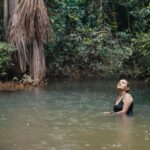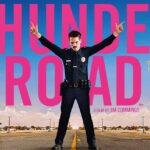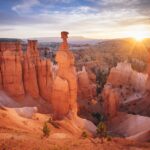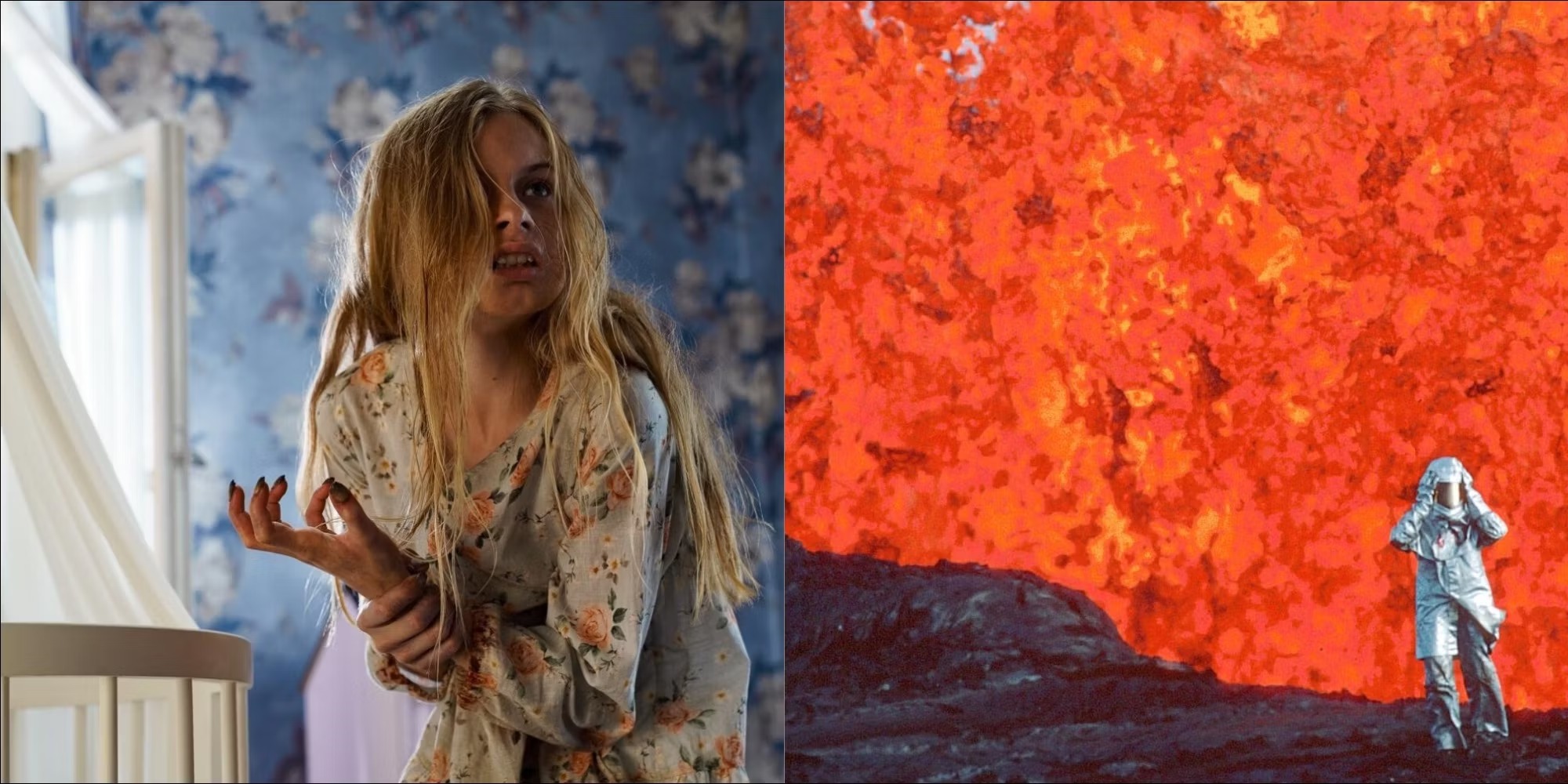There are three good reasons to watch Fire of Love, preferably on the big screen if possible. The third I will consider after, but the first is history. A couple who have found themselves in the field of volcanology are certainly quite specialized. There is a feeling of mutual respect and adoration that I also admired because of the faith they brought to the audience in understanding their world. Of course, you don’t see it every day.
Secondly, it is the archive images that make up the entire time of its execution. It really is a wonderful and awesome beauty and a visual spectacle.
There are no interviews here, no talking heads, only (I admit it’s boring) Miranda Julie’s account accompanying decades of videos that tell the first days of Katie and Maurice Krafft’s life as a couple before their passed away on the slopes of Mount Unzen, in Japan, in 1991. Incredibly bright images, pulsating with melted oranges, ashy black and charcoal gray with that classic warmth that does not exist in modern digital photography. I’m not sure if it will be (or will be) an IMAX release, but what will be the experience! You can really appreciate the effort put into creating these great photos by knowing what it took and how it was achieved.

Katia and Maurice were originally from France, pioneers in the study of volcanoes. Their often deadly waterfalls tend to lead them to the edge or to the top of the lava that has built much of this planet on which we live. Their innate understanding of volcanoes and how they work meant that they could sit at the top or even inside active volcanoes to better capture their natural and wild beauty. They understood that in order for humanity to truly understand the strength of the volcano, people had to see it. And in 21 years of marriage, they did it. They leave children in order to better understand the world in which we live and tell their people about something that is naturally part of the existence of this planet, but is perceived with fear and peril (for obvious reasons, but nevertheless, the planet is simply doing what the planet is doing). He frequently attended television talk shows while she wrote, edited and collected her books. All this to finance their lives as the most enviable and respected volcanologists in the industry.
The couple’s story has already been revealed in a recent documentary. Werner Herzog is pretty good in In Hell (the co-director of this film, Clive Oppenheimer, is listed in the credits here as a consultant, I think). Here, however, they are the story. Director Sarah Bosa has mainly worked as a producer, but I’ve heard good news about her 2019 Icelandic folk documentary, The Seerer and The invisible. However, beyond the Kraffts, the editors Erin Casper and Jocelyn Chaput are the stars. By working on the history of scientists in a linear way, they do this by transforming Krafft’s films, home movies and media performances into a fascinating and immersive rhythm. Although the outcome of its history is well known and documented, the bypasses and the necessary bypasses to get there are very well detailed. Unsurprisingly, they won the documentary editing award at this year’s Sundance Film Festival.

In the end, I think the Fire of Love works mainly for the third reason why I said it would come in its own time. I think Boss’s film would have impressed the Kraffts not only because of the way the story is told with love and care, or because he perfectly preserved his life’s work in its original quality on the big screen. Rather, it is because the Fire of Love also functions as an educational resource. Their partnership is at the heart, but the Kraffts have always sought to bring viewers to earth and explain how life flows from it. You can’t have a novel or a movie without him, and after shooting your film about the mechanics of how this planet works, as well as the mechanism of the human heart, Bosa did what carries his legacy with him. And that’s something I didn’t expect, but it makes the movie a little more special.
Press release: The Premiere will take place today in a limited edition via NEON and National Geographic. I hope more places will have the opportunity to see it on the big screen. It will finally be on Disney+.

Chances of winning a prize: it seems to be the main Challenger to the seemingly shocking annual “neglect” of other archival documents such as Apollo 11 and Jane. I doubtful that everything will be fine during the awards season, and if I were National Geographic, I would try to get voters to see it on the big screen as much as possible from a human point of view. As with their winning free solo, you’ll really benefit from not just being seen on TV with the watermark included.










